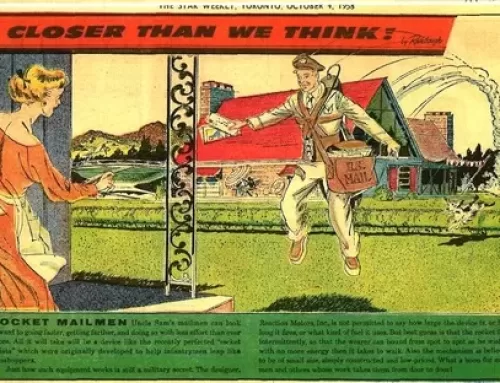 Tall buildings made of wood have been reaching skyward in many cities around the world recently. Using cross-laminated timber (CLT) panels, an innovative technology in advanced composites, low-value wood can safely, sustainably and cost-effectively be used for commerical construction. Shown to the right is a photo of the Wood Innovation and Design Center (and one of its floors) in Prince George, British Columbia. This wood building is over 100 feet tall. Much taller wood buildings have been proposed, such as a 1,000-foot-tall wood skyscraper in London.
Tall buildings made of wood have been reaching skyward in many cities around the world recently. Using cross-laminated timber (CLT) panels, an innovative technology in advanced composites, low-value wood can safely, sustainably and cost-effectively be used for commerical construction. Shown to the right is a photo of the Wood Innovation and Design Center (and one of its floors) in Prince George, British Columbia. This wood building is over 100 feet tall. Much taller wood buildings have been proposed, such as a 1,000-foot-tall wood skyscraper in London.
Two US examples, and winners of last year’s US Tall Wood Building Prize Competition, include a 10 story condo in New York City and a 12-story combined office and apartment building in Portland, Oregon (artist’s rendering below and to the left). In a press release announcing these two prize-winning buildings, Department of Agriculture Secretary Tom Vilsack stated that “next-generation lumber and mass timber products are becoming the latest innovation in building construction.”
Innovative  new technologies and building systems have enabled longer wood spans, taller walls, and higher buildings, and continue to expand the possibilities for wood use in construction.”
new technologies and building systems have enabled longer wood spans, taller walls, and higher buildings, and continue to expand the possibilities for wood use in construction.”
Implications of widespread use of CLT technology and other “mass timber” products include a reduction in greenhouse gas emissions relative to conventional building materials like steel and concrete, and long-term storage of carbon in wood construction. An unexpected implication could be a reduction in catastrophic wildfires: Increased sustainable use of abundant, low-value wood for tall buildings and other biomass uses could help reduce the buildup of “hazardous fuels” (forestry terminology for excess flammable material in fire-prone ecosystems), which are helping to drive larger and more intense megafires. Fewer large wildfires would also mean a reduction in the massive amount of CO2 released from these fires, lower costs for firefighting, less damage from fires, and greater safety for wildland firefighters and residents. Smokey Bear would be proud! — Michael T. Rains, USDA Forest Service



